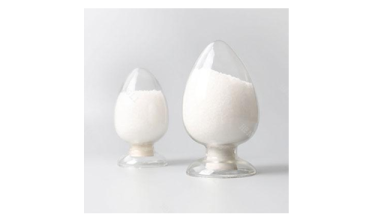How do you remove malware from WordPress websites?

WordPress is a flexible Content Management System. It allows you to create a website using a variety of themes and plugins. WordPress websites can be affected by malware. Malware can easily slip through your WordPress website if you don’t protect it from hackers.
There are many plugins and solutions available to help you remove malware from your website, regardless of how it got affected. We will be discussing some methods to get rid of malware in this article.
How can you detect malware on your WordPress website?
You can easily spot malware if you regularly monitor your website. If you don’t monitor your website, there are some methods that can help pinpoint the presence of malware.
Server High Resource Usage
Without user input, addition of a plugin
Modifications to your theme files on the server
Login activity is prohibited
Third-party scripts at the front-end
Data-Loss
Once you have found infected malware on your site you can then follow these steps to remove it.
Malware Removal Methods For WordPress Websites
Many online platforms offer malware removal services at no cost. It saves you time if you do it yourself.
1. Use security plugins
Security plugins make it easy to remove malware from WordPress sites. Popular plugins to help remove malware include Word fence, Login Lockdown, Jetpack and Google Authenticator. The plugins offer many options for users.
2. Delete-Non-Essential Plugins
WordPress plugin store offers over 50,000 plugins for free. No one can tell you which plugins cause security problems to your WordPress website. Because not all plugin developers maintain their plugin patches. It is possible to accomplish tasks using a simple code snippet, without having to affect your website margin.
3. Find the most recent modified files and fix them
FileZilla can be used to check the files that have been modified recently if you access your website files via FTP/SFTP. After you have identified the Malware file on your website you can then focus on other WordPress core files. You can delete any file that has been modified without your consent if you notice it.
4. Restore from Website Backup
You should always back up any file you have before you infect it. Then, try to restore it. If you discover malware-infected files on your website, this will ensure that it is fixed. Restoring the website does NOT guarantee that malware has been deleted. It is possible for outdated or expired plugins to be found on your backup website, which could again cause problems with your website. It could take you a lot of time to resolve the issue.
5. Download your website backup and scan the files
It is possible to create a backup of your WordPress website, and then download the resulted copy to your local computer. After your website file is downloaded, you can scan it with the Antivirus scanner. You can delete any malicious files found on your server.
6. Re-Install WordPress
Re-installing is a great way to remove the files that are not working from your website server. Complex configurations may be a problem. You can then put your website in maintenance mode and reinstall WordPress.
7. The Warning Label from the Google SERP should be removed
Even if all malware is removed from WordPress sites, it may still show warning labels from Google SERP. After you have registered your website with Google console, click on the Security & Manual Actions tab and then choose ” Safety Issues”. Request a review if it contains any security reports.
How to Avoid Malware on WordPress?
You can remove malware by using licensed, up-to-date themes and plugins.





